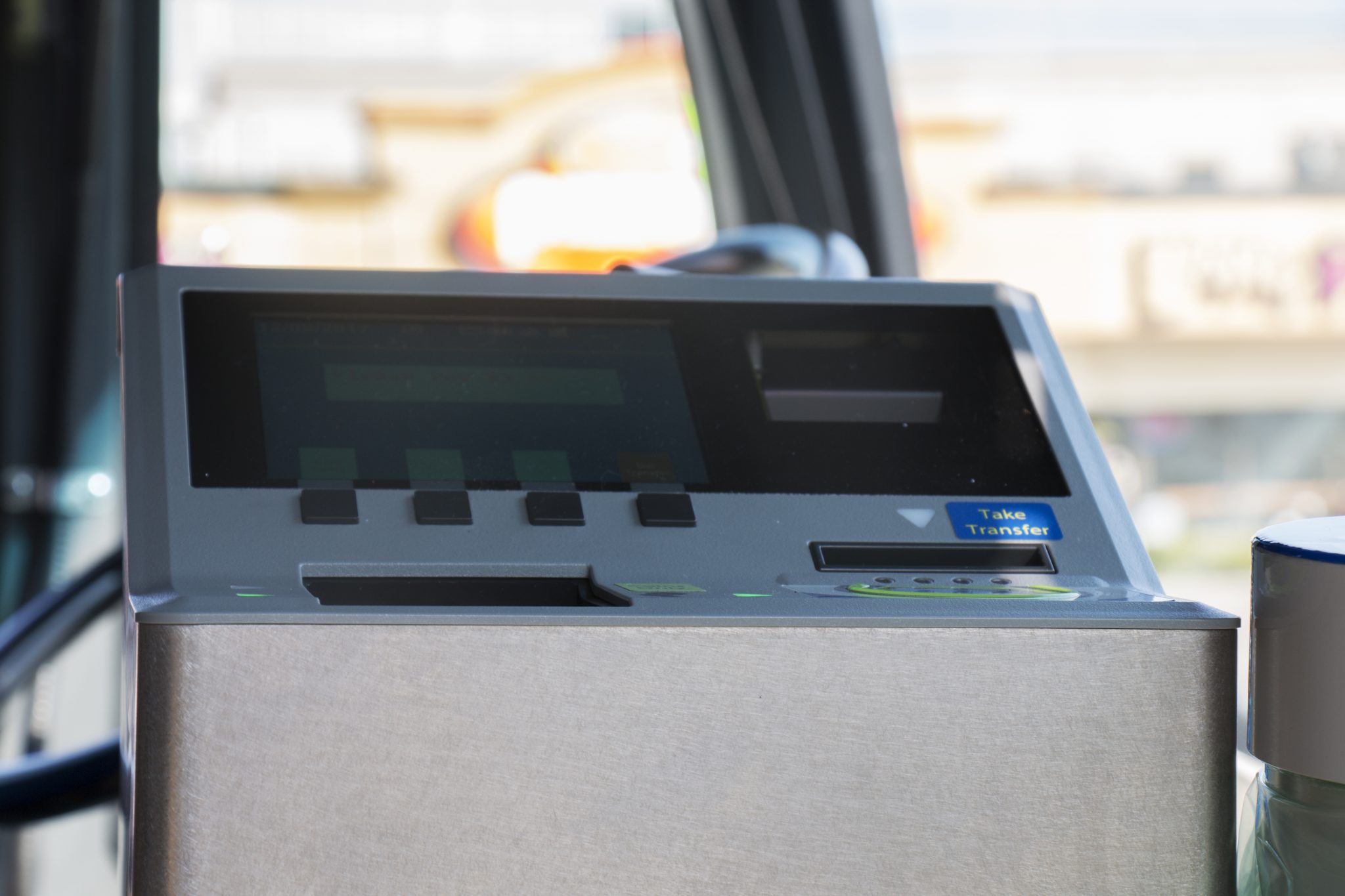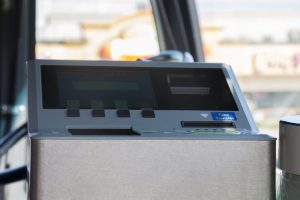Laurier OneCards get revamped for more efficient transit and building access


Wilfrid Laurier University has begun rolling out new OneCards with increased functionality to all incoming and returning students, as well as staff and faculty.
While new students get the cards automatically, existing students have to go and trade their old ones in.
The new OneCards, which contain “chip” technology similar to that found on debit and credit cards, are intended to make unlocking doors on campus and gaining access to Grand River Transit vehicles easier and more efficient, in addition to performing all of the functions of the old card.
“The new cards have a barcode still for the library, mag-stripe and they have chips embedded in them,” Dan Dawson, assistant vice president, student services, said.
“The new cards are going to allow the university to be able to start converting door access systems over to chip technology instead of fobs,” Dawson said.
The new cards also change the way students will get on GRT vehicles. Whereas before the driver had to make a visual identification, the chip technology will delegate the work to a computer which can determine if someone is eligible to ride.
The news that there are new OneCards for existing students has gotten around primarily by word of mouth, with no large announcement having come from Laurier. Dawson commented that this was intentional.
“Students will be able to either tap or swipe their cards to be able to access transit now and the system will be smart enough to know whether that student has paid their bus pass fee,” Dawson said.
This tap functionality will work just like the GRT’s planned EasyGO fare cards. However, the whole system has yet to be implemented do to software problems, as reported by CBC News Kitchener-Waterloo.
Regardless, Dawson noted that there is a transition period in effect for all existing students to get their new cards before they can no longer gain access to the bus system with their old ones.
Dawson confirmed that at the present time there is no set end date for the transition period. But after the transition period is over, students who have yet to pick up their replacement card may be denied entry to public transit vehicles.
“They will go to ride the bus at some point in the future and they won’t be able to because they won’t have a mechanism in place to be able to do that,” Dawson said.
Another change with the new OneCards is an increased fee to replace them.
“It was 20 dollars plus tax, it’s now 30 dollars and that increased cost is basically the difference of what it costs us to produce the card,” Dawson said.
The news that there are new OneCards for existing students has gotten around primarily by word of mouth, with no large announcement having come from Laurier. Dawson commented that this was intentional.
“We wanted to get new cards to first-year incoming students first. That was the highest priority because they needed their cards,” Dawson said.
“We didn’t really want to have fifteen thousand people all lined up on day one,” Dawson explained.
Dawson also revealed plans to help distribute the thousands of student cards to existing students.
“We’re just slowly rolling out the distribution of the senior student cards now,” he said.
“We’re going to set up some satellite tables where people can come and pick up their card so that they don’t have to stand in line with people doing other business at the OneCard office.”

